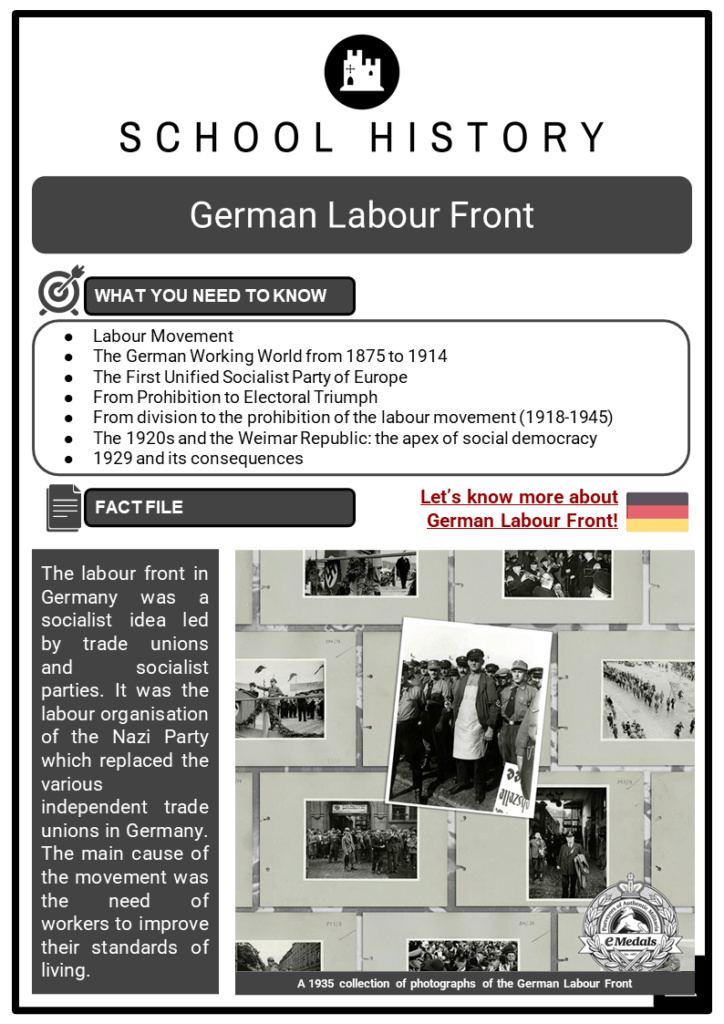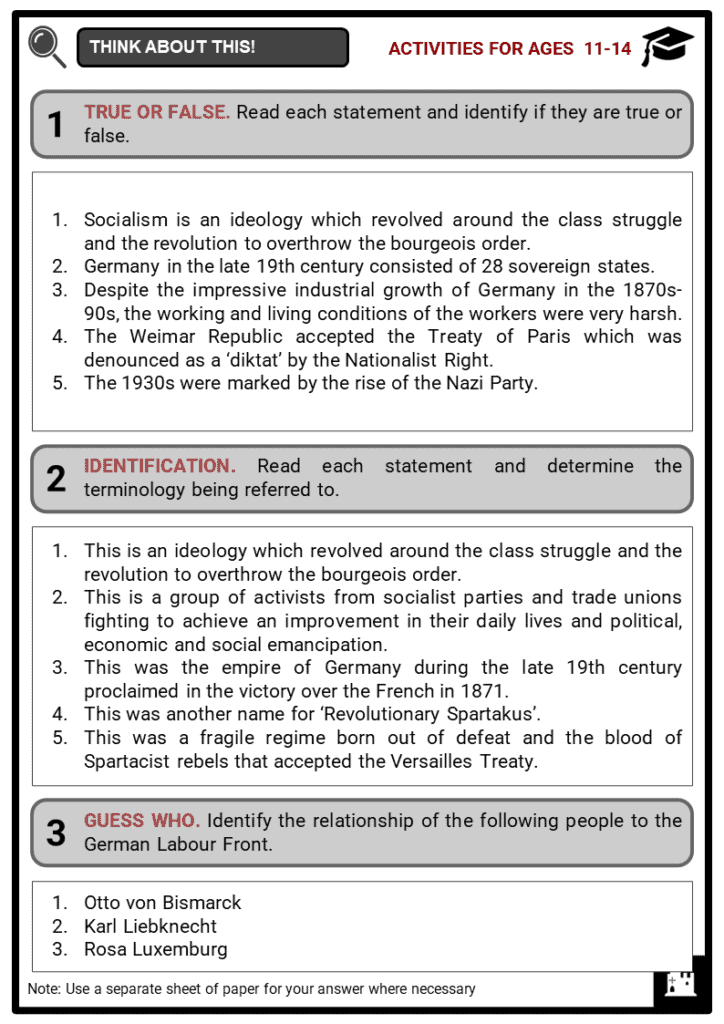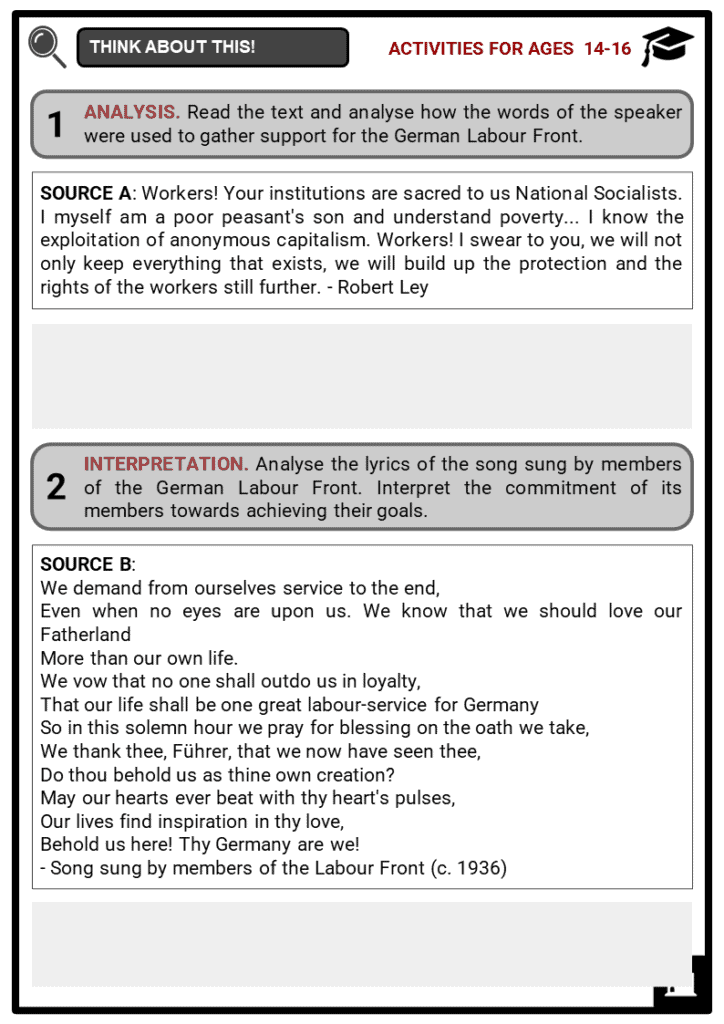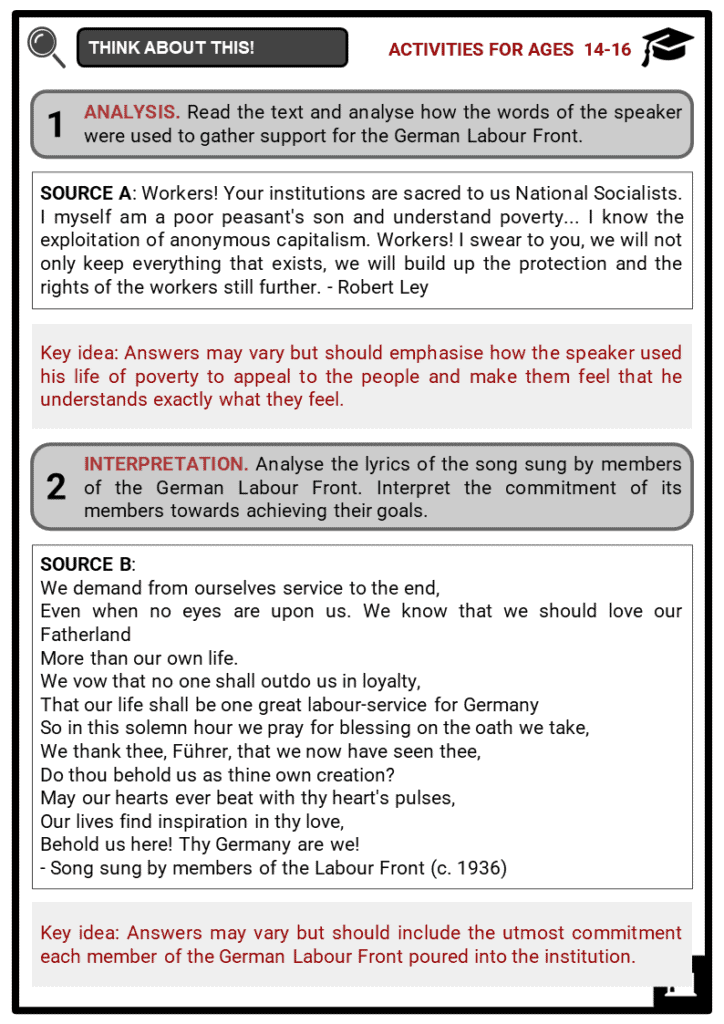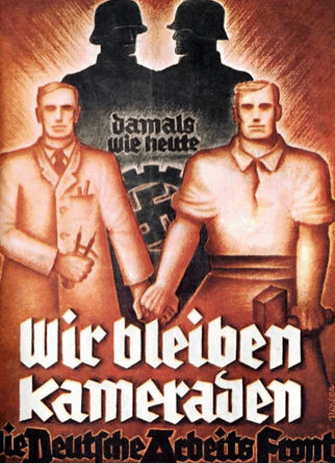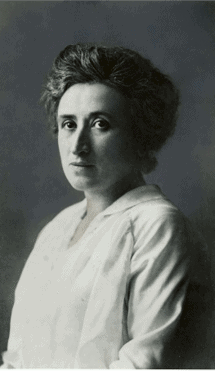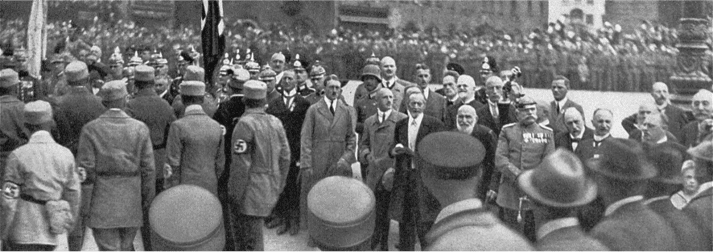Download German Labour Front Worksheets
Do you want to save dozens of hours in time? Get your evenings and weekends back? Be able to teach German Labour Front to your students?
Our worksheet bundle includes a fact file and printable worksheets and student activities. Perfect for both the classroom and homeschooling!
Table of Contents
Add a header to begin generating the table of contents
Summary
- Labour Movement
- The German Working World from 1875 to 1914
- The First Unified Socialist Party of Europe
- From Prohibition to Electoral Triumph
- From division to the prohibition of the labour movement (1918-1945)
- The 1920s and the Weimar Republic: the apex of social democracy
- 1929 and its consequences
Key Facts And Information
Let’s know more about German Labour Front!
- The labour front in Germany was a socialist idea led by trade unions and socialist parties. It was the labour organisation of the Nazi Party which replaced the various independent trade unions in Germany. The main cause of the movement was the need of workers to improve their standards of living.
Labour Movement
- The Labour Movement was a group of activists from socialist parties and trade unions fighting to achieve an improvement in their daily lives and political, economic and social emancipation.
- In the 19th century, Europe was industrialising and the workers constituted an expanding social class, which was aware of its specificities and its condition. In a context of the struggle against labour exploitation in a world of work where social regulation was non-existent, socialism was born - a new ideology which revolved around the class struggle and the revolution to overthrow the bourgeois order.
- In the German Empire, socialism - organised around a powerful party and mass unions - became a major political and social force. During the 20th century, it divided itself between a branch of revolutionary communism and reformist socialism less concerned with revolution than concrete improvements in the living conditions of the workers.
The German Working World from 1875 to 1914
- The Germany of the late 19th century was an empire, called the 2nd Reich, proclaimed in the victory over the French in 1871. It consisted of Prussia and the states of southern Germany such as Bavaria and Wurtemberg, as well as the annexed departments of Alsace and Lorraine (25 sovereign states in all).
- The population was over 43 million with impressive industrial growth shown in the trebled production of coal between 1870 and 1890 (70 million tons). Germany also dominated the markets for electrical construction (Siemens) and for the chemical industry (Bayer, Hoechst). Moreover, German trade ranked second behind the UK.
- The main industrial areas were the Ruhr, Saarland, Saxony and the big cities, especially Berlin. The working and living conditions of the workers, however, were very harsh. The labour movements under the empire were the vicissitudes and affirmation.
The First Unified Socialist Party of Europe
- In 1875, at the Congress of Gotha, the Socialist Party of German Workers resulted from the merger of the party of Ferdinand Lassalle - the Reform Party - and the party of August Bebel and Wilhelm Liebknecht, marked by the refusal of any cooperation with imperial power and a desire to conquer power by force. Despite their differences, both trends united to not weaken the labour movement in Germany where power was very authoritarian.
From Prohibition to Electoral Triumph
- In 1878, the Reich Chancellor Otto von Bismarck had a series of anti-socialist laws passed, taking advantage of the emotion caused by two attacks against Emperor William I. They prohibited any group (parties and unions) and any gathering with the purpose of overthrowing society and the state. Socialist propaganda was forbidden and many activists were imprisoned or exiled. However, they were allowed to participate in elections by presenting individually.
- The party continued to exist but in hiding. At the same time, Bismarck enacted important social laws from 1883 to 1889 to defuse the discontent of the workers and divert them from the socialist vote. Nonetheless, the attempt failed and the Socialist Party progressed in the elections. Anti-socialist legislation was abolished in 1890 with the dismissal of Bismarck by the new Emperor William II.
- Between 1871 and 1912, electoral victories of the Social Democrats followed. The progress of the socialist-elected representatives who obtained 12 seats in the Reichstag in 1877 was broken by the laws of anti-socialists in 1878. But, as early as 1881, the progression resumed and was dazzling from 1887 to 1890 despite the social legislation from Bismarck.
- This shows the considerable spread of socialism in the working class world. The rebirth of the labour movement at the Erfurt Congress in 1891 and the Social Democratic Party of Germany (SPD or Sozialdemokratische Partei Deutschlands) was created. This party issued a revolutionary programme that responded to several key ideas:
- Capitalism leads to the dispossession of workers who lose their working tools for the benefit of big landowners or capitalists.
- The worker becomes a mere proletarian without any property.
- Capitalism increases the inequalities on which it thrives.
- The revolution is the solution to free the proletarians from this exploitation and this fight will have to be led by the Social Democratic Party of Germany (SPD).
- The Erfurt programme, written by Karl Kautsky, was indeed a revolutionary Marxist programme. In fact, the SPD engaged more and harder alongside unions called ‘free trade unions’ in strikes.
- Relations between the SPD and trade unions were a German specificity with the SPD directing and financing the trade union movement. The unions, born in the wake of socialism, were therefore very close. MP Socialists were at the same time the principal trade union leaders. In 1911, 2.5 million German workers were unionised (compared to 2.9 million in the UK and 350,000 in France). In the United Kingdom, the Labour Party was the transmission belt for unions to bring their claims.
From division to the prohibition of the labour movement (1918-1945)
- The war divided the socialists. Karl Liebknecht was the only member of the SPD who refused to vote for war credits. But from the end of the first year of the war, members of the SPD opposed the Sacred Union and in 1917 founded the Independent Social Democratic Party (USPD). Rosa Luxemburg and Karl Liebknecht, at the head of the group Revolutionary Spartakus or League Spartacist (created in 1916), joined the USPD and denounced the war as imperialist and capitalist.
- On 9 November 1918 during the revolution, part of the revolt of the sailors of the fleet of Kiel was to carry the regime imperial. German Emperor Kaiser Wilhelm II, however, abdicated. It is the legend of the ‘stab in the back’ that would have caused the war to be lost to the German army.
- Workers and soldiers seized Berlin where it was proclaimed the Republic by Scheidemann (SPD) and by Liebknecht (USPD). At this point, the two currents of socialism no longer had the same ideas. Liebknecht and Luxemburg wanted a social revolution called Spartacist, in the manner of the Bolshevik revolution and Lenin, which would overthrow society on the basis of soldiers and workers.
- They founded the German Communist Party (KPD) on 1 January 1919, forming the SPD. The Spartacists denounced the alliance between the bourgeoisie and the socialists, which was a betrayal of the workers’ cause because this alliance was done behind the backs of the proletarians.
- Friedrich Ebert (SPD), who became chancellor in the wake of Scheidemann, wanted to crush the Spartacist revolution. The Minister of the Interior Noske, with the support of the army and free-will, crushed the communists during the ‘Bloody Week’ (6-13 January, 1919). Rosa Luxemburg and Karl Liebknecht were murdered by the Free Corps. These events turned it into a real civil war.
The 1920s and the Weimar Republic: the apex of social democracy
- The Weimar Republic was a fragile regime born out of defeat and the blood of Spartacist rebels. The regime accepted the Versailles Treaty which was denounced as a ‘diktat’ by the Nationalist Right and the conservatives. The SPD, with President Ebert, dominated this parliamentary regime and had many laws passed in favour of workers, including:
- 8-hour working day
- Business council institutions in 1920 (negotiations between staff and management representatives)
- Mandatory collective agreements
- Unemployment insurance in 1927 while Germany had 1 million houses constructed for unemployed workers
- The General German Trade Union Federation (ADGB) at this point had 3 million members. However, the regime was still threatened from the right by the nationalists, and from the left by the KPD which was, following the Kominterm’s instructions from Moscow and Stalin, the Communist International created in 1919.
- Stalin imposed on all the communist parties of Europe to fight first against the socialists, qualified as ‘social-fascists’ and this in defiance of the rise of fascist currents in Europe related to the crisis.
1929 and its consequences
- While the Weimar Republic experienced a certain stabilisation, Germany was hit hard and had 6 million unemployed in 1932. The 1930s were marked by the rise of the Nazi Party (NSDAP) which designated officials: the regime Parliament, the Treaty of Versailles, the Jews, the Socialists and the Communists.
- Adolf Hitler promised that workers would return to full employment while the party was developing welfare structures. In 1930, 28% of its members were workers. The SA maintained permanent street violence against the militants of the Left, with the complicity of the Police and Justice.
- However, the KPD led by Ernst Thälmann refused to form a Republican front with the socialists against the Nazis. He applied Stalin’s instructions to class-versus-class tactics. Not only did the KPD see an ally of capitalism in the SPD, but in addition, he hoped that the excesses of the Nazis would bring a workers’ revolution.
Image sources:

